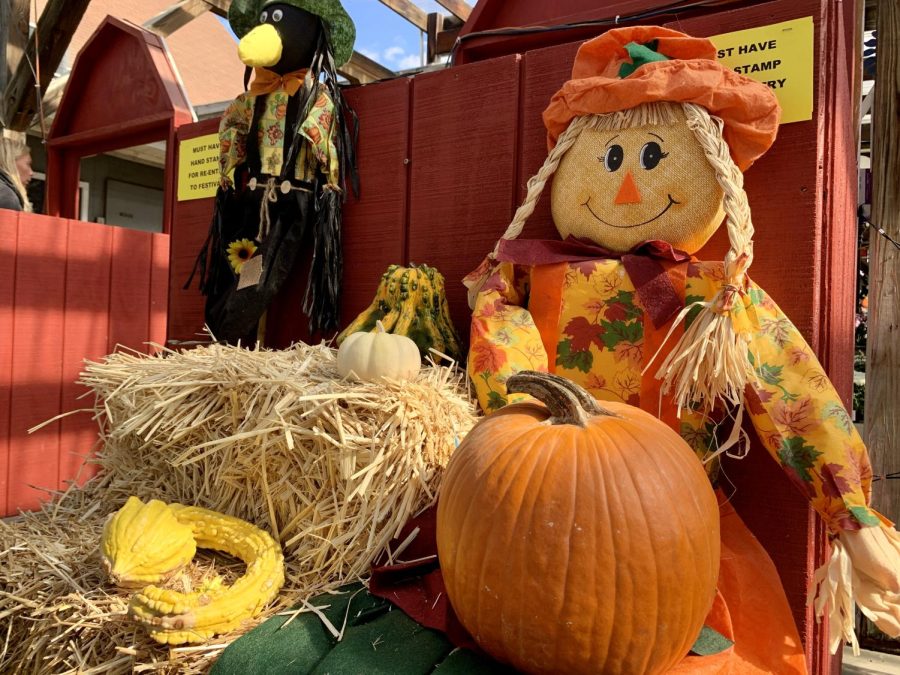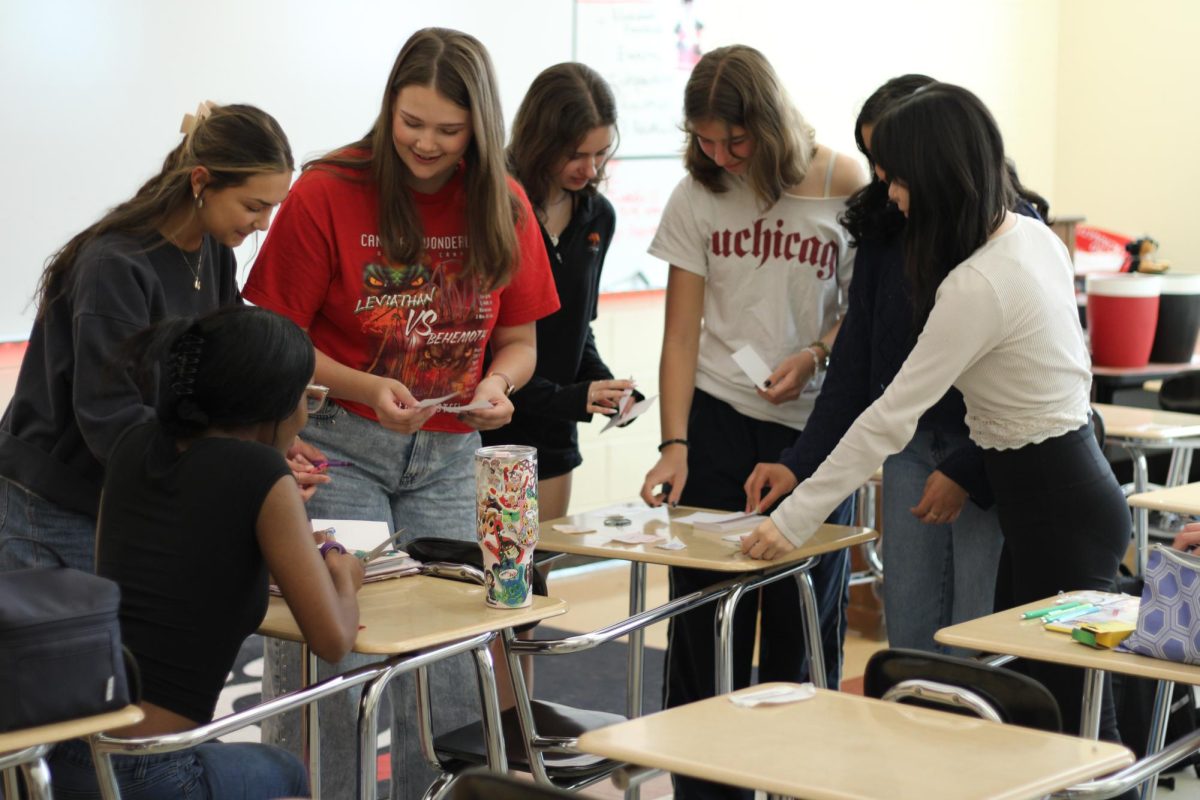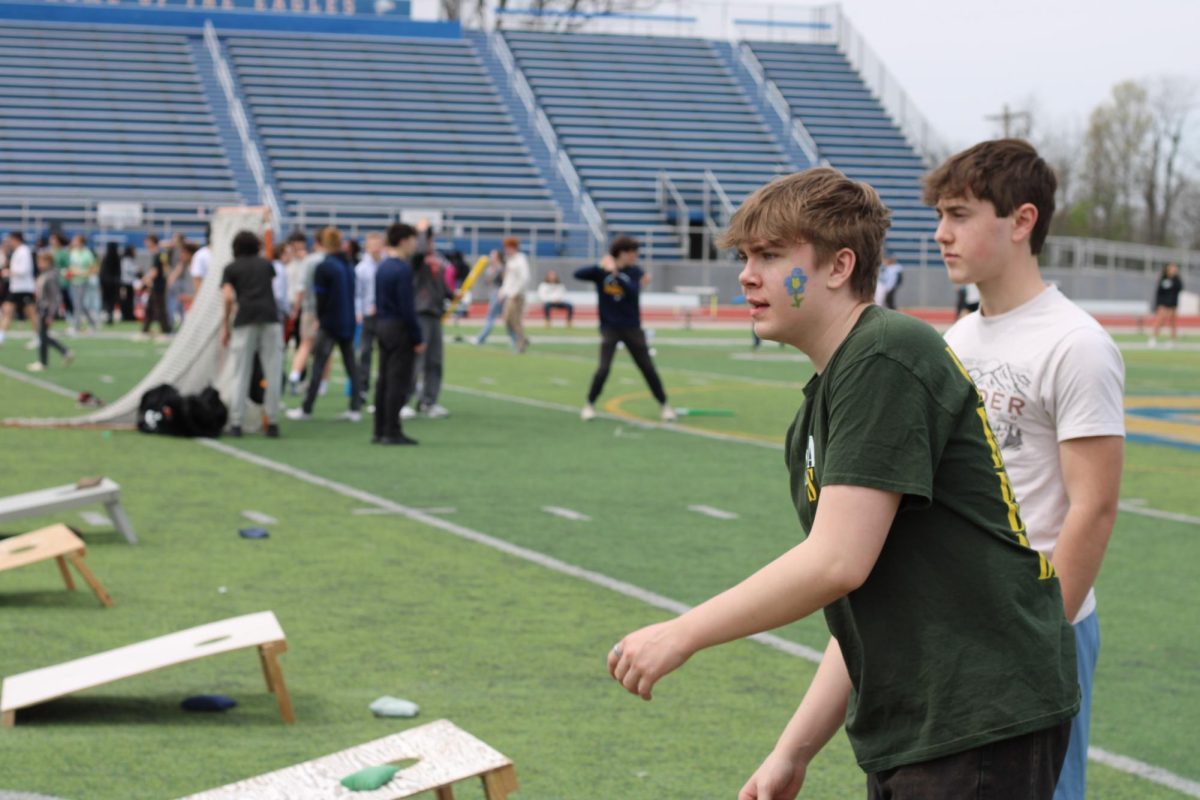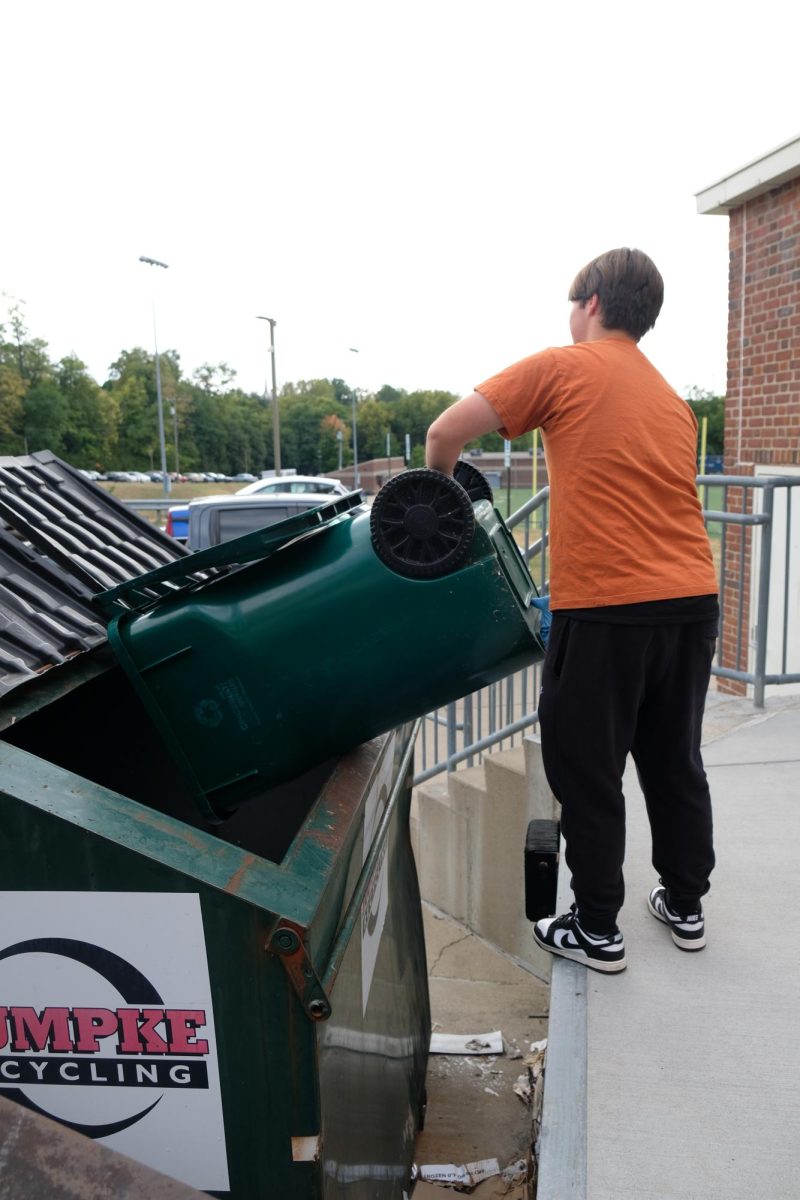Dawning of Halloween
Leading up to Halloween, Burger Farm and Garden Center is hosting a fall festival each weekend, with plenty of spooky fall activities and attractions for everyone to enjoy. They also have pumpkin patch filled with pumpkins for pie making, jack-o’-latern carving, and plenty of other pumpkin activities for Halloween fun.
November 16, 2022
As the fall season begins to settle in, many people are starting to prepare for a beloved holiday and the spookiest time of the year—Halloween.
Halloween in the U.S. is a holiday marked by plastic skeletons, jack-o’-lanterns and the iconic tradition of trick-or-treating today, and the origins and past traditions of Halloween are quite similar to how the world celebrates now.
In western culture, Halloween is said to originate from an ancient Celtic celebration Samhain, which according to the Library of Congress, is “a pagan religious celebration to welcome the harvest at the end of summer.”
The Celtic people, who lived in Europe 2,000 years ago, celebrated their new year, All Saints’ Day, during this festival on Nov. 1. The Celts believed that on Oct. 31, ghosts of the dead would return and wreak havoc. It was also thought that the presence of these spirits made it easier for the priests to make prophecies and predict the future. These tellings were a source of comfort for those afflicted by the harsh winter.
By A.D. 43, the Roman Empire conquered the Celtic’s territory and two Roman festivities were combined with Samhain. One was called Feralia, where the Romans honored those who have passed, and the second was a day dedicated to Pomona, the Roman goddess of fruit. Pomona is widely credited with the Halloween tradition of bobbing for apples because her symbol was an apple.
In 609 A.D., Pope Boniface IV declared a day dedicated to all Christian Martyrs. Pope Gregory III later moved this celebration from May 13 to Nov. 1, and is presently known as All Saints’ Day.
All Saints’ Day eventually became referred to as “All-Hollows,” meaning All Saints’ Day in Middle English, the form of English spoken from the 12th to 15th centuries. Thus, Oct. 31 was named All Hallows Eve, later dubbed Halloween. On this day, people would typically dress in costume and light bonfires to ward off these ghosts.
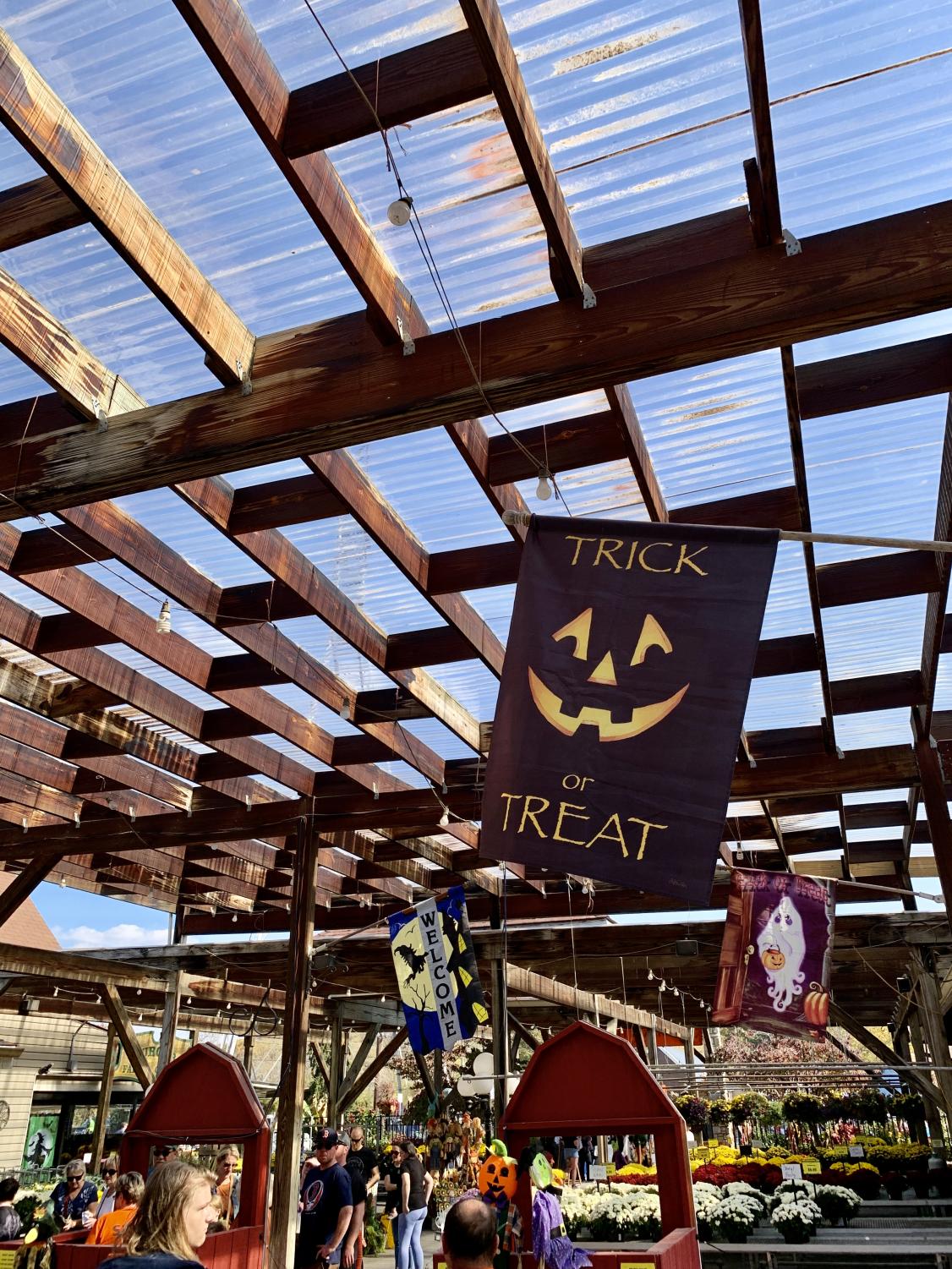
(Nazret Degaulle)
Jack-o’-lanterns were introduced in Irish culture, based on a fable called “The Legend of Stingy Jack.” In the fable, a man named Jack trapped the devil and let him go on the condition his soul wouldn’t go to hell. However, when Jack died, heaven would not accept his soul either, so he was forced to roam the Earth as a ghost for eternity. The Irish cleared out their turnips, carved faces into them, then would place a candle inside to keep evil spirits like Jack’s away. These Halloween traditions brought their way to America with the arrival of Irish immigrants, who eventually traded their turnips for pumpkins, in the mid-1800s. Today, decorating and illuminating jack-o’-lanterns are a sure indication of the Halloween season.
As Halloween became a more secularized holiday in the West, traditions, such as souling and guising, were adapted and added to the yearly celebration. Souling refers to the practice of the poor going door-to-door saying prayers for the dead in return for pastries called soul cakes, and guising refers to the custom of disguising oneself to visit people’s houses and asking for an offering in exchange for a song, joke or any other “trick.” Together, these traditions resulted in the Halloween activity of trick-or-treating, as we know it today. While it stems from many European traditions of dressing up and going around neighborhoods asking for food or money, candy is commonly offered to children today.
Currently, Halloween is celebrated in many countries around the world, and while original traditions have been secularized in many places, their purposes remain relatively the same.



